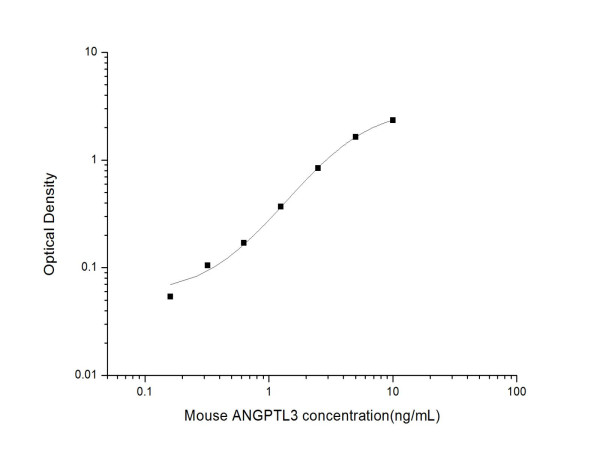Cookie preferences
This website uses cookies, which are necessary for the technical operation of the website and are always set. Other cookies, which increase the comfort when using this website, are used for direct advertising or to facilitate interaction with other websites and social networks, are only set with your consent.
Configuration
Technically required
These cookies are necessary for the basic functions of the shop.
"Allow all cookies" cookie
"Decline all cookies" cookie
CSRF token
Cookie preferences
Currency change
Customer-specific caching
FACT-Finder tracking
Individual prices
Selected shop
Session
Comfort functions
These cookies are used to make the shopping experience even more appealing, for example for the recognition of the visitor.
Note
Show the facebook fanpage in the right blod sidebar
Statistics & Tracking
Affiliate program
Conversion and usertracking via Google Tag Manager
Track device being used

If you have any questions, please use our Contact Form.
You can also order by e-mail: info@biomol.com
Larger quantity required? Request bulk
You can also order by e-mail: info@biomol.com
Larger quantity required? Request bulk
This gene encodes a member of a family of secreted proteins that function in angiogenesis. The... more
Product information "Anti-Angiopoietin-like Protein (Capture/Detector)"
This gene encodes a member of a family of secreted proteins that function in angiogenesis. The encoded protein, which is expressed predominantly in the liver, is further processed into an N-terminal coiled-coil domain-containing chain and a C-terminal fibrinogen chain. The N-terminal chain is important for lipid metabolism, while the C-terminal chain may be involved in angiogenesis. Mutations in this gene cause familial hypobetalipoproteinemia type 2. Protein function: Acts in part as a hepatokine that is involved in regulation of lipid and glucose metabolism (PubMed:11788823, PubMed:12671033). Proposed to play a role in the trafficking of energy substrates to either storage or oxidative tissues in response to food intake (PubMed:26305978). Has a stimulatory effect on plasma triglycerides (TG), which is achieved by suppressing plasma TG clearance via inhibition of LPL activity, the function seems to be specific for the feeding conditions. The inhibition of LPL activity appears to be an indirect mechanism involving recruitment of proprotein convertases PCSK6 and FURIN to LPL leading to cleavage and dissociation of LPL from the cell surface, the function does not require ANGPTL3 proteolytic cleavage but seems to be mediated by the N-terminal domain, and is not inhibited by GPIHBP1 (PubMed:12909640, PubMed:16081640, PubMed:20581395). Can inhibit endothelial lipase, causing increased plasma levels of high density lipoprotein (HDL) cholesterol and phospholipids, the cleaved N-terminal domain is more efficient than the uncleaved proprotein (PubMed:17681148). Can bind to adipocytes to activate lipolysis, releasing free fatty acids and glycerol. Suppresses LPL specifically in oxidative tissues which is required to route very low density lipoprotein (VLDL)-TG to white adipose tissue (WAT) for storage in response to food, the function may involve cooperation with circulating, liver-derived ANGPTL8 and ANGPTL4 expression in WAT (PubMed:26305978). Contributes to lower plasma levels of low density lipoprotein (LDL)-cholesterol by a mechanism that is independent of the canonical pathway implicating APOE and LDLR (PubMed:25954050). May stimulate hypothalamic LPL activity (PubMed:25338813). [The UniProt Consortium]
| Keywords: | Anti-Angptl3, Angiopoietin-like Protein Polyclonal Antibody(Capture/Detector) |
| Supplier: | Elabscience |
| Supplier-Nr: | E-AN000910P |
Properties
| Application: | ELISA Capture/Detector |
| Antibody Type: | Polyclonal |
| Conjugate: | No |
| Host: | Rabbit |
| Species reactivity: | mouse |
| Immunogen: | Recombinant Mouse Angiopoietin-like Protein protein expressed by Mammalian |
Database Information
| KEGG ID : | K22288 | Matching products |
| UniProt ID : | Q9R182 | Matching products |
| Gene ID | GeneID 30924 | Matching products |
Handling & Safety
| Storage: | +4°C |
| Shipping: | +4°C (International: +4°C) |
Caution
Our products are for laboratory research use only: Not for administration to humans!
Our products are for laboratory research use only: Not for administration to humans!
Information about the product reference will follow.
more
You will get a certificate here
Viewed


